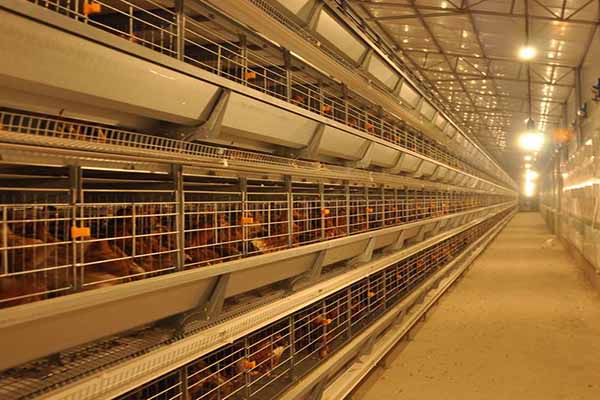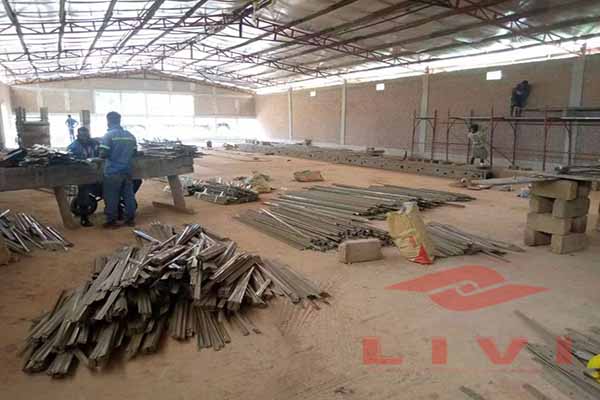Optimizing Broiler Housing for 130,000 Birds in Tanzania: A Comprehensive Guide
Understanding the Broiler Housing Needs
As the poultry industry continues to grow in Tanzania, ensuring efficient and hygienic broiler housing is crucial. For a farm housing 130,000 birds, specialized equipment is essential to maintain optimal conditions. This article outlines the key considerations for setting up a broiler house that can accommodate such a large number of birds.
- Space Allocation: Each bird requires approximately 0.5 square meters of space. Therefore, a house designed for 130,000 birds would need a total area of around 65,000 square meters.
- Airflow: Adequate ventilation is critical to prevent respiratory diseases and ensure a healthy environment. The house should have a ventilation system capable of exchanging air at least 20 times per hour.
- Lighting: Proper lighting is important for the birds’ growth and health. A system that provides a 16-hour light period is typically recommended.
- Feed and Water Systems: Efficient feeding and water systems are necessary to ensure all birds have access to feed and water at all times.
Key Equipment for 130,000-Bird Broiler Houses
The following equipment is essential for a broiler house housing 130,000 birds:
| Equipment | Description |
|---|---|
| Ventilation System | Ensures proper air exchange rate to maintain a healthy environment. |
| Lighting System | Controls the lighting schedule for optimal bird growth. |
| Feeding System | Delivers feed to all birds in a timely and even manner. |
| Watering System | Provides continuous access to clean water. |
| Environmental Control Unit | Monitors and controls temperature, humidity, and air quality. |
Case Study: A Successful 130,000-Bird Broiler Housing Project
A recent project in Tanzania involved the construction of a broiler house for 130,000 birds. The project included the following steps:
- Site Assessment: Analyzed the location for suitable conditions and infrastructure requirements.
- Design and Planning: Created a detailed design plan, incorporating all necessary equipment and systems.
- Construction: Built the house, ensuring compliance with safety and hygiene standards.
- Equipment Installation: Installed all the required equipment, ensuring proper functioning.
- Training: Provided training to farm staff on how to manage the broiler house effectively.
Conclusion
Setting up a broiler house for 130,000 birds in Tanzania requires careful planning and the use of specialized equipment. By following the guidelines outlined in this article, poultry farmers and investors can create an environment that promotes the health and growth of their birds.
Are you planning to start a broiler farming business in Tanzania? Contact us today for a free, customized broiler housing design and equipment quotation from Livi Machinery.

</secti on>
on>

